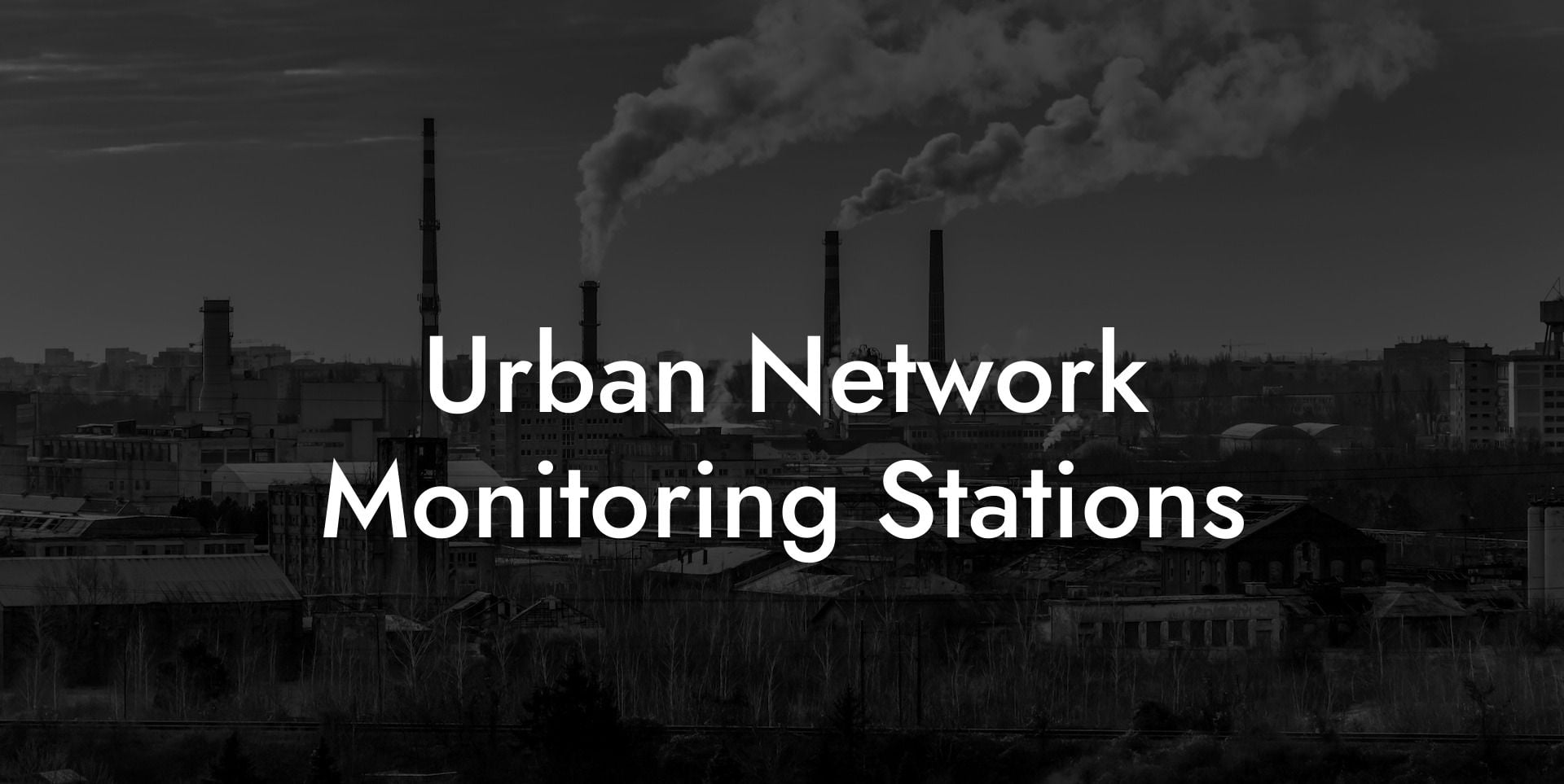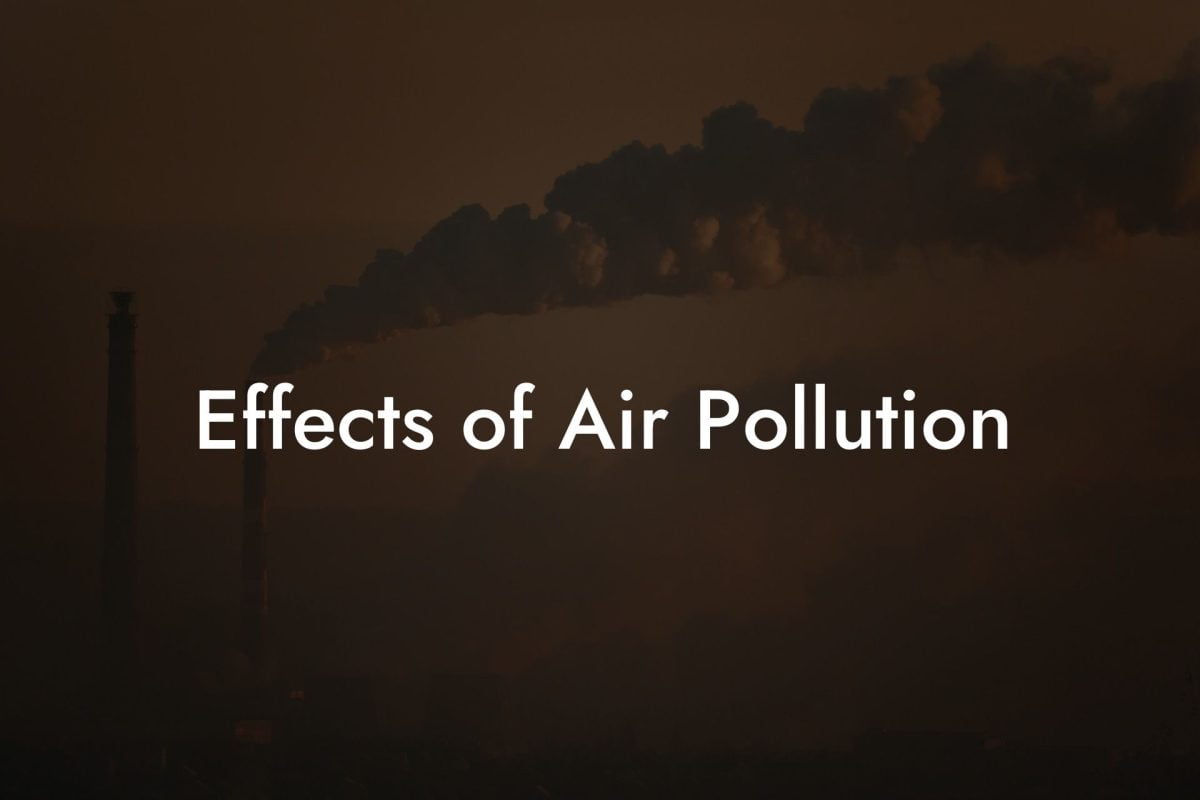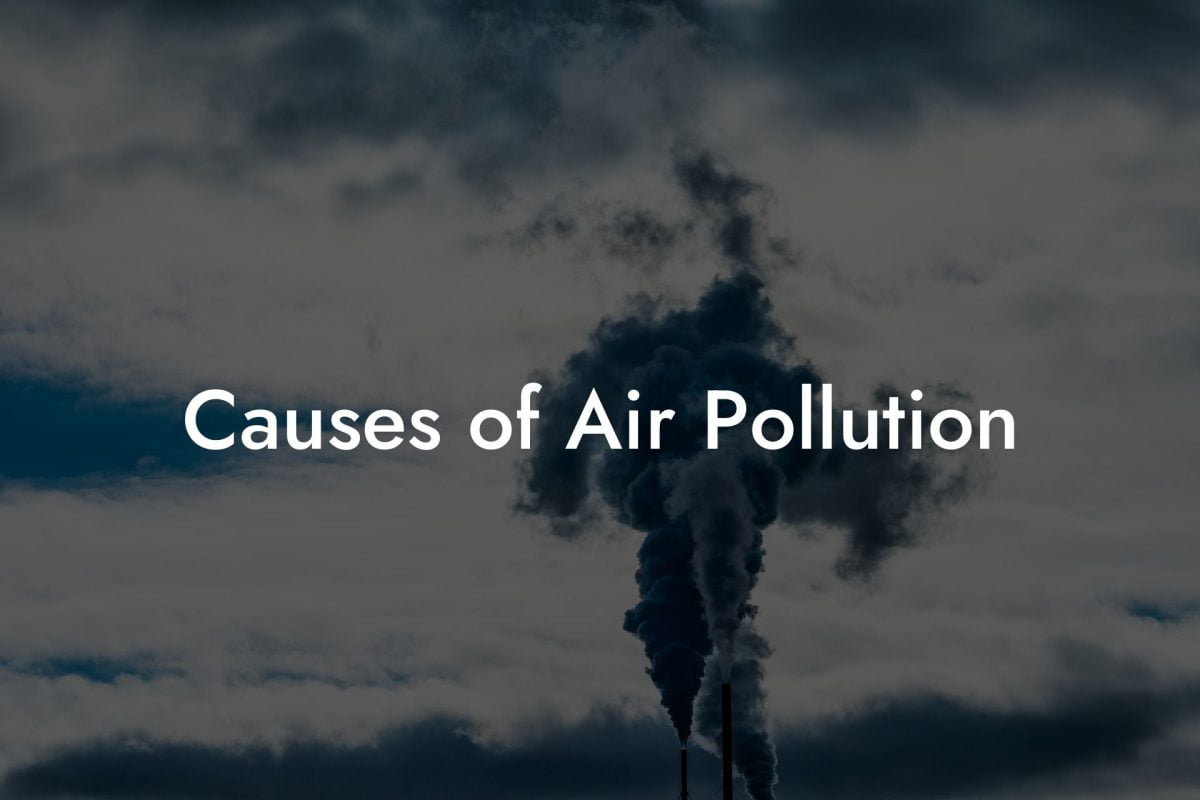Introduction to Urban Network Monitoring Stations
Urban Network Monitoring Stations (UNMS) are pivotal in assessing and managing air quality in urban environments. These stations play a crucial role in tracking pollution levels, informing public health strategies, and shaping urban environmental policies.
Urban Network Monitoring Stations Table of Contents
Introduction to Urban Network Monitoring Stations
Components of an Urban Network Monitoring Station
Key Pollutants Monitored in Urban Areas
The Role of UNMS in Public Health
Challenges in Urban Air Quality Monitoring
The Significance of UNMS in Urban Settings
In densely populated urban areas, where pollution from traffic, industrial activities, and other sources is concentrated, UNMS provides essential data to understand and mitigate air quality issues.
Components of an Urban Network Monitoring Station
Air Sampling and Analyzing Equipment
UNMS are equipped with advanced sensors and analyzers to measure a variety of air pollutants, such as particulate matter (PM), nitrogen oxides (NOx), sulfur dioxide (SO2), carbon monoxide (CO), and ozone (O3).
Meteorological Instruments
These stations also often include meteorological instruments that record weather conditions, which greatly influence air pollution dynamics.
Data Transmission and Processing Systems
Data collected by UNMS are transmitted in real-time to central databases for processing and analysis, facilitating prompt decision-making.
Key Pollutants Monitored in Urban Areas
Particulate Matter (PM10 and PM2.5)
UNMS monitor both coarse (PM10) and fine (PM2.5) particulate matter, which pose significant health risks, especially in densely populated areas.
Nitrogen Oxides (NOx)
NOx, primarily from vehicle emissions in urban settings, is a key pollutant monitored due to its role in smog and acid rain formation.
Ozone (O3)
Ground-level ozone, a result of the reaction between sunlight and pollutants like VOCs and NOx, is another critical pollutant monitored by UNMS.
The Role of UNMS in Public Health
Health Advisories
Data from UNMS are used to issue health advisories, especially during high pollution episodes, to protect vulnerable populations like children, the elderly, and those with respiratory conditions.
Long-term Health Studies
Continuous monitoring helps in understanding the long-term health impacts of urban air pollution and in formulating effective public health policies.
Challenges in Urban Air Quality Monitoring
Site Selection
Choosing optimal locations for UNMS in urban landscapes is challenging but essential for accurate representation of air quality.
Maintenance and Calibration
Regular maintenance and calibration are crucial for ensuring data accuracy and reliability, which can be challenging in urban settings due to accessibility and environmental factors.
Data Management and Interpretation
Effectively managing and interpreting the large volumes of data generated by UNMS is key to understanding urban air pollution patterns.
Urban Air Quality Management
Informing Policy Decisions
Data from UNMS are crucial for urban planners and policymakers to develop and implement effective air quality regulations and urban planning strategies.
Community Engagement
Raising public awareness about air quality issues, based on data from UNMS, is essential for community participation in air quality improvement initiatives.
UK Air Pollution: Your Urban Air Quality Data Partner
Comprehensive Urban Air Quality Database
UK Air Pollution offers an extensive database of urban air quality data, including detailed information from various UNMS across UK cities and towns.
Why Choose UK Air Pollution?
Our platform is an invaluable resource for anyone seeking in-depth, up-to-date, and engaging information on urban air pollution. We cater to researchers, urban planners, policymakers, and the general public.
Elevating Urban Air Quality Projects and Research
Utilize UK Air Pollution for comprehensive insights into urban air quality, enhancing the impact of your urban planning projects, research studies, and environmental initiatives.














